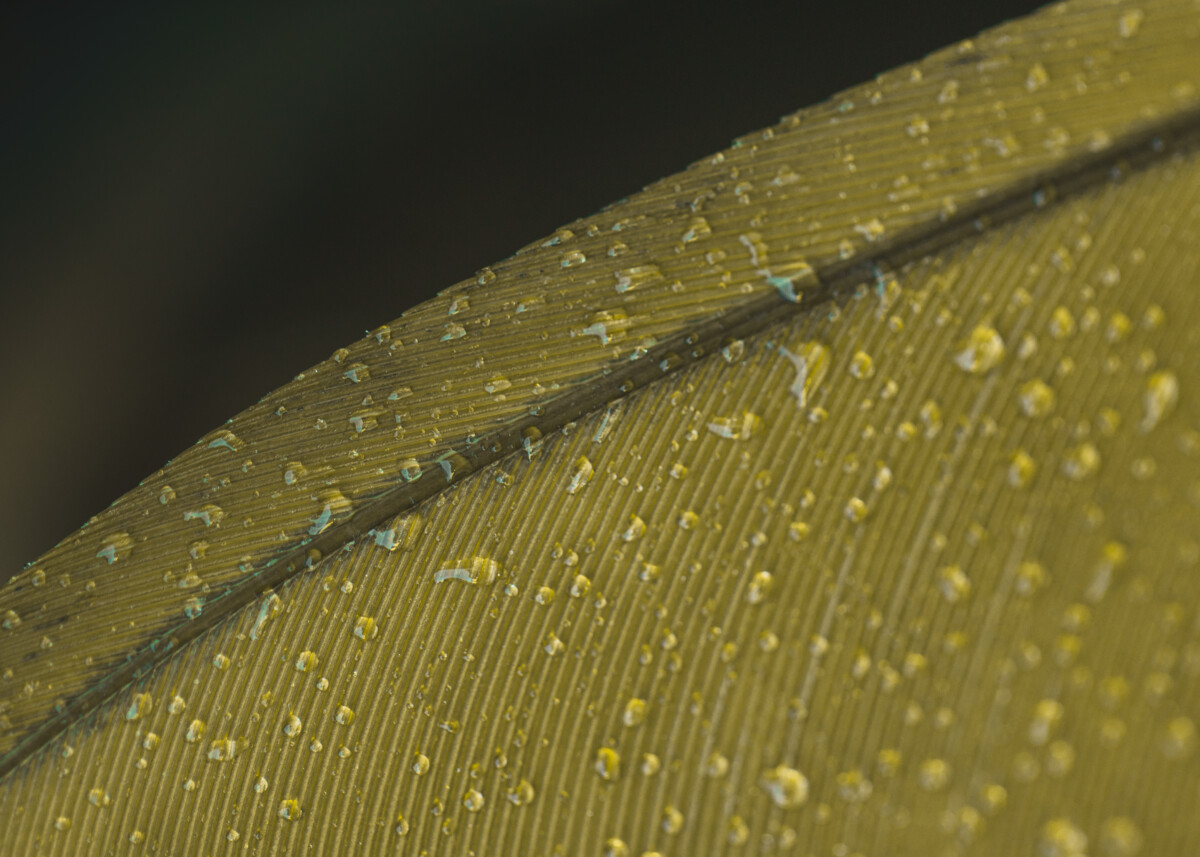In today’s world of performance-driven and comfort-focused textiles, moisture management is a critical property that sets fabrics apart. Among the many finishing technologies used to achieve this, a hydrophilic textile finish stands out for its effectiveness and versatility.
In this blog, we’ll explore what hydrophilic finishes are, how they work, and why they are essential for managing moisture in textiles — especially in sportswear, medical fabrics, and everyday clothing.
🔍 What is a Hydrophilic Textile Finish?
The term hydrophilic means “water-loving.” A hydrophilic textile finish refers to a surface treatment that enhances a fabric’s ability to attract and absorb water or moisture. Unlike hydrophobic finishes that repel water, hydrophilic finishes allow the fabric to quickly absorb sweat or moisture and disperse it through the fabric surface for faster evaporation.
This makes it a powerful tool in improving comfort, breathability, and hygiene in garments.
💧 Why Moisture Management Matters in Textiles
Moisture management in textiles refers to the fabric’s ability to handle perspiration — absorbing, spreading, and releasing moisture efficiently. Poor moisture management leads to:
Discomfort due to sticky or wet fabric
Bacterial growth and unpleasant odors
Reduced performance in activewear or sports gear
Skin irritation in medical or sensitive applications
To overcome these challenges, textile technologists rely on hydrophilic finishes to regulate moisture flow, keeping the wearer dry and comfortable.
🧪 How Hydrophilic Finishes Work
A hydrophilic textile finish modifies the surface energy of fibers so that water molecules are more readily attracted and absorbed. These finishes:
Absorb moisture from the skin or environment
Spread it evenly across the fabric surface
Promote evaporation, cooling the body
Maintain breathability, unlike impermeable coatings
Common chemical agents used include:
Polyethylene glycol (PEG)
Polyurethane dispersions
Modified silicones
Polyvinylpyrrolidone (PVP)
The finish is typically applied via padding, coating, or spraying during textile processing and then fixed by heat curing.
🏃 Applications of Hydrophilic Finishes for Moisture Management
Hydrophilic finishes are used across multiple textile categories:
1. Sportswear and Activewear
These fabrics must wick away sweat during physical activity. Hydrophilic finishes help prevent the build-up of moisture, keeping athletes dry and cool.
2. Medical Textiles
Hydrophilic treatments enhance fluid absorption in wound dressings, surgical gowns, and bedding, improving hygiene and patient comfort.
3. Undergarments and Innerwear
Maintaining dryness against the skin is critical for personal comfort and to prevent skin irritation.
4. Home Textiles
Products like bed linens, towels, and pillow covers benefit from moisture-absorbing capabilities for a fresher feel.
🌱 Sustainable and Eco-Friendly Options
Modern hydrophilic finishes are being developed with non-toxic, biodegradable, and APEO-free chemicals, aligning with global standards such as:
At Texaux Chemicals, we focus on sustainable formulations that deliver excellent moisture management without compromising environmental safety.
✅ Advantages of Using Hydrophilic Finishes for Moisture Control
✔️ Improved wearer comfort and cooling effect
✔️ Enhanced drying rates
✔️ Better skin-fabric interaction
✔️ Reduced odor and bacterial growth
✔️ Increased wearer performance in hot/humid conditions
✔️ Compatible with both natural and synthetic fibers
🏭 Texaux Chemicals: Your Partner for Advanced Hydrophilic Finishes
At Texaux Chemicals, we offer a range of high-performance hydrophilic textile finishes designed for functional, comfortable, and sustainable textile solutions. Whether you’re developing garments for high-performance athletes or hospital patients, our moisture management technologies can be customized to suit your specific fiber types and production methods.
🔗 Contact us today to learn more or request a sample.
❓ Frequently Asked Questions (FAQ)
Q1: What is the purpose of a hydrophilic finish in fabrics?
A hydrophilic finish improves moisture absorption and wicking, helping keep the wearer dry and comfortable.
Q2: Can hydrophilic finishes be used on synthetic fabrics like polyester?
Yes. Special formulations make polyester more absorbent without affecting its strength or durability.
Q3: Are these finishes permanent?
Many hydrophilic finishes are durable to repeated washes, depending on the chemical used and application method.
Q4: Is it safe for sensitive skin?
Yes, especially when using eco-certified and hypoallergenic finishes available from Texaux Chemicals.

